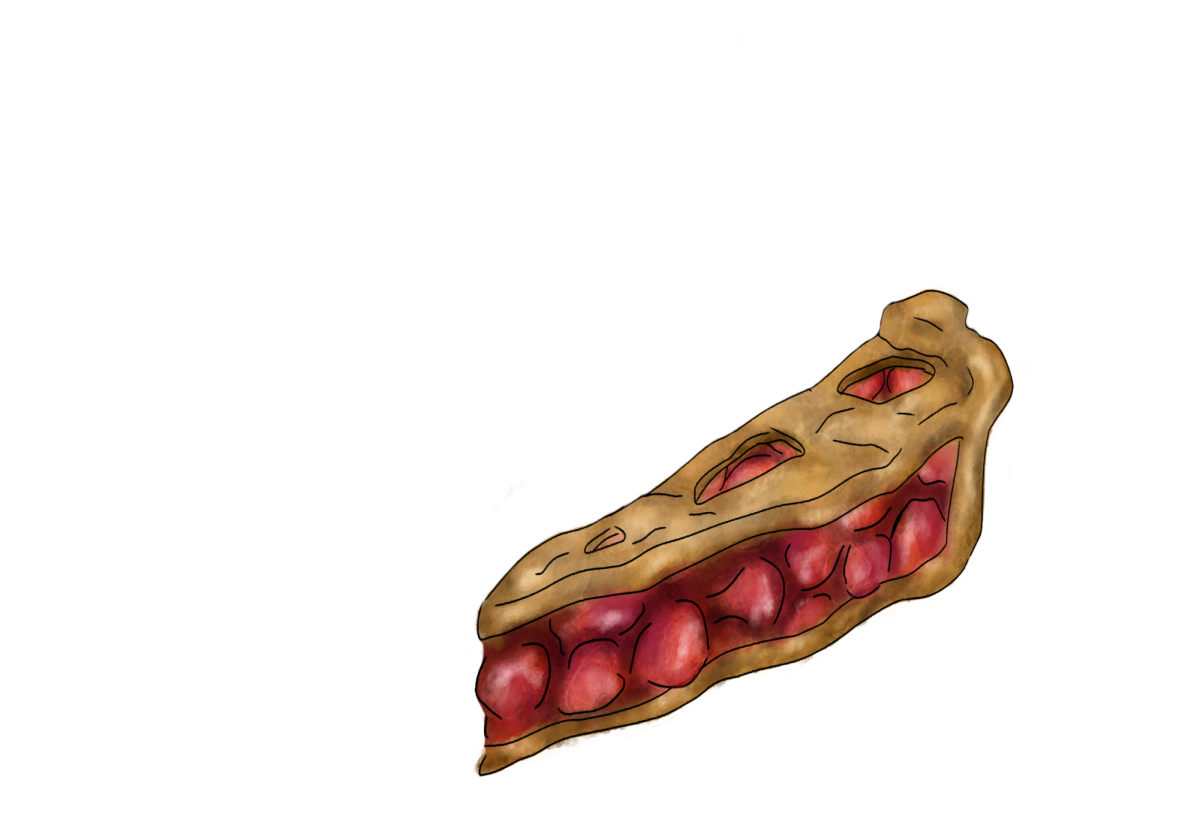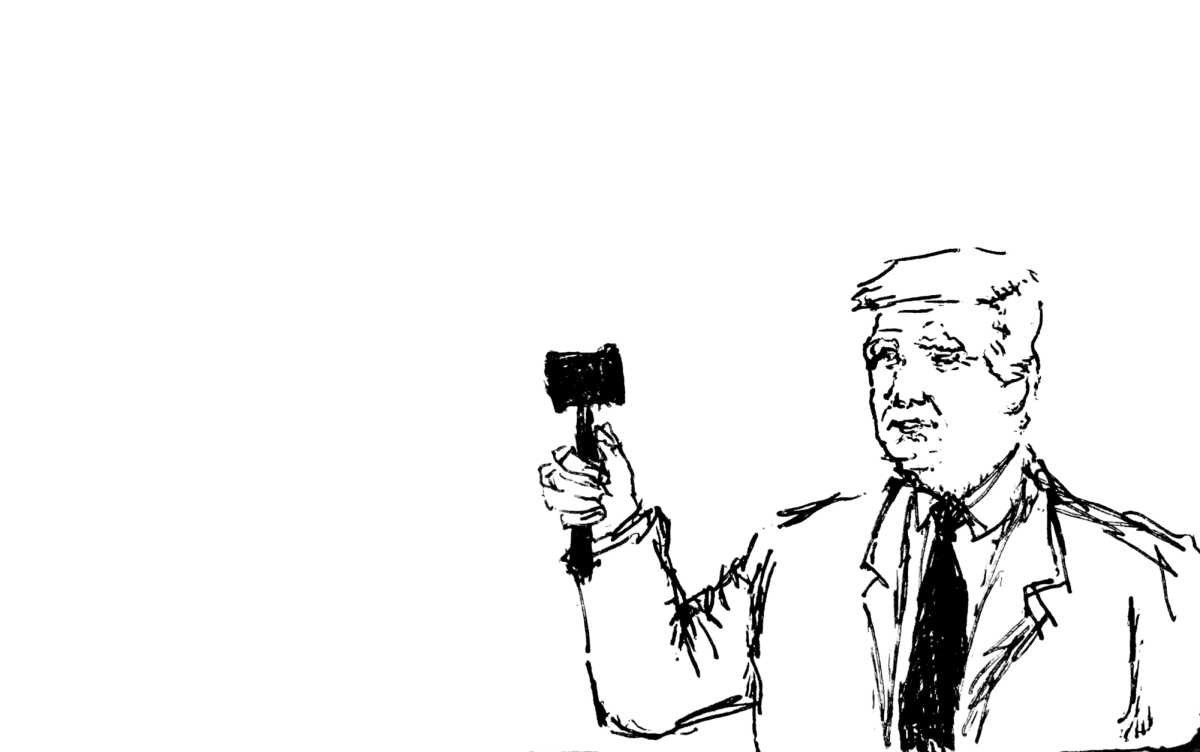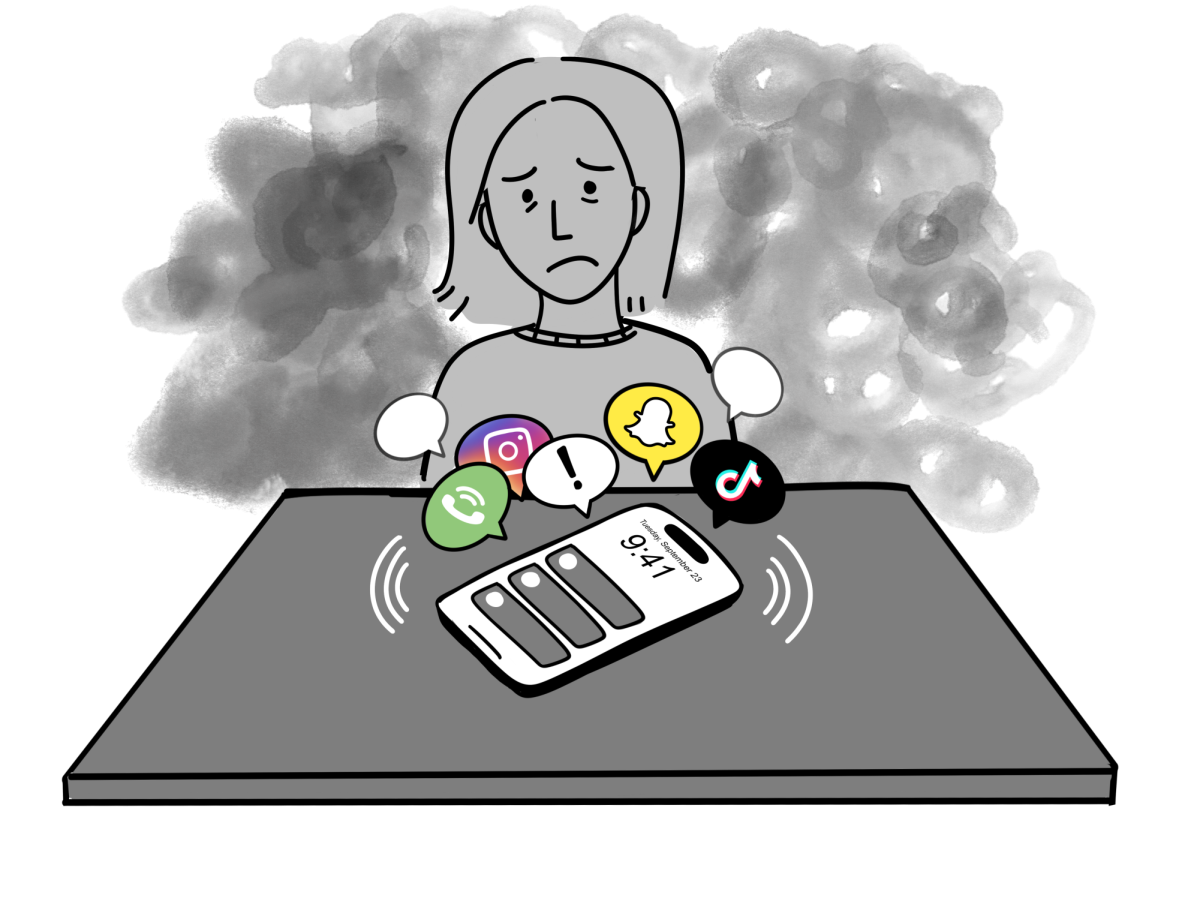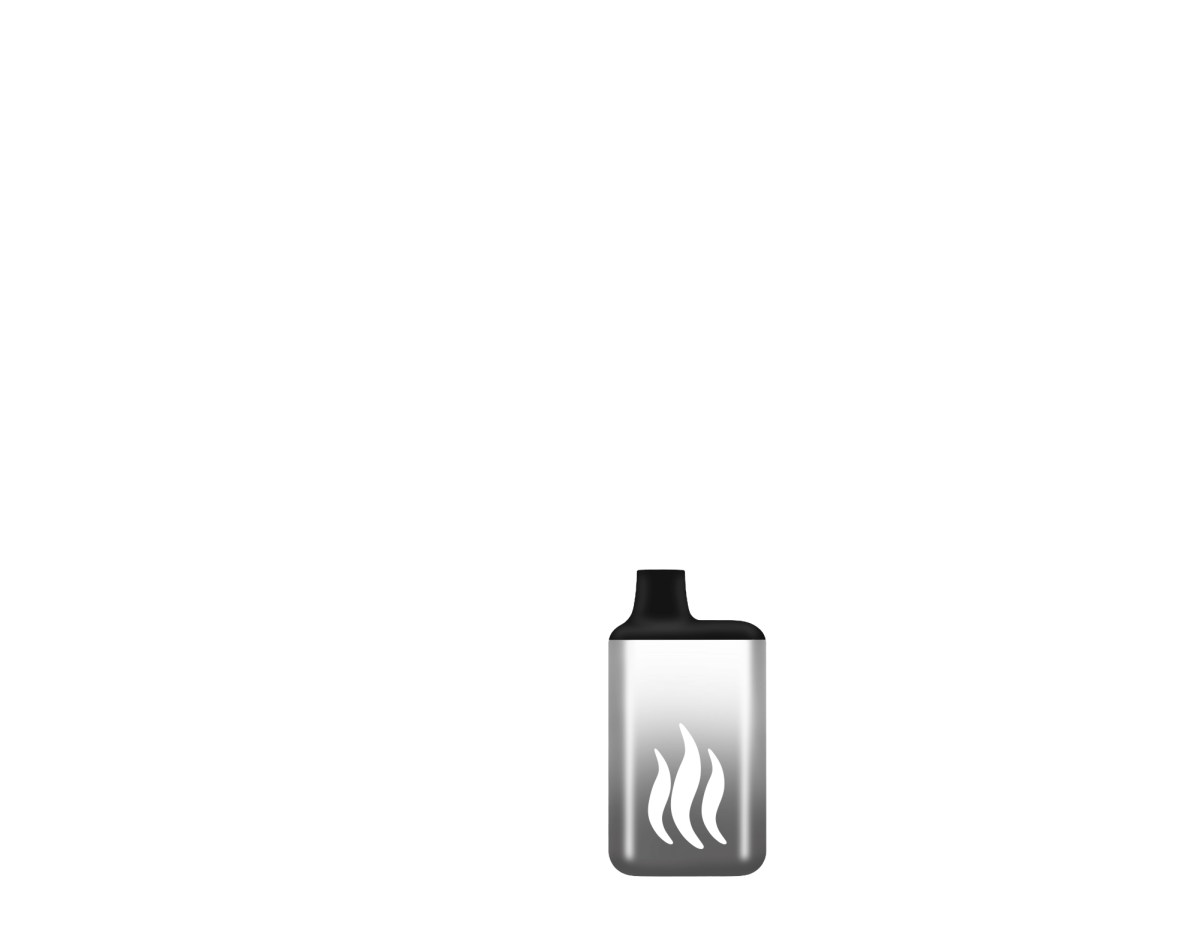Our generation has more social capital and power than any other generation of young people in modern history. Thus, it was not surprising when LM and Harriton students led the way in the Black Lives Matter movement. Students organized and led a protest against racism in LMSD on June 7; students planned and hosted a town hall to address racist practices on July 16; and students organized a protest in solidarity with Overbrook High School on August 30. During the time in between these events, a small group of students spoke with LM and Harriton teachers, parents, and students. These students met with 22 clubs over the course of two weeks in August to discuss racism, equity, and inclusion. They proposed hate speech policy changes, addressed isolation of students of color in classes, and formed two new student organizations.
Nevertheless, the LM community doesn’t seem to be ready for real change. It is always the same group of twenty students and twenty teachers who commit time and energy to combating these issues. It can be hard to take students seriously, but our flappable support makes that even more difficult. While I was originally content with the support that the community at-large gave the Black community in June, as time went on, the crowds of supporters thinned out. The meetings went from hundreds of people to a few dozen. The protests went from 1500 people to 150. People did their part in the Black Lives Matter trend and promptly moved on. The majority of our district values positive, powerful messages, and good intentions over the actual consequences of their actions and the false hope they give. To truly understand why, we must look at what followed the trend.
This summer, a safe reopening was on everyone’s mind, especially parents’. On Thursday, July 30, a group of sixty or so mostly white parents, students, and teachers banded together for a protest at the LMSD Administration Building to protest the school’s incomprehensive reopening plans. Protests in LM schools aren’t new, but in our district’s recent history, parents did not take part. Before the pandemic, this school year’s hot topic was school start times. Parents petitioned, attended school board meetings until midnight, and made yard signs. But protesting at that time was unimaginable. While I agree with the sentiment behind their campaign, their means of operation undercut the previous two months of anti-racism work. White parents developed a mob mentality, discrediting carefully planned protest tactics in the name of “we’re supposed to be the best of best.” At the school board meeting on July 20, over 240 public comments from parents and students were submitted to the School Board about reopening; there was just one comment about race and equity in our district. These are the same white parents who posted pictures of their nine-year-old turned ten-day-activist with a homemade Black Lives Matter placard in their hand. They shouted “Black Lives Matter,” but won’t fight for them. Where were all the emails from white parents demanding a hate speech policy? Where are the white parents and students when we demanded more comprehensive cultural proficiency and implicit bias training for teachers? They were standing on their soapboxes and waving their fists at the glorious, brass doors of our administration building because someone suggested that their child should receive a free, online education.
I find it increasingly difficult and painful to be a part of this community, as the community chooses to be ignorant to the Black bodies murdered on the streets, the opportunities Black students are robbed of, the police and white supremacists who take advantage of this moment to further polarize our nation. It may be in Minnesota and Kenosha and Portland, but racism and white supremacy — they’re here too. They’re in your classes, your neighborhoods, and your clubs and activities. They’re here. How many more calls to action do we need to make real change? How much more evidence do we need to finally do something? In June, many people were doing what Victor Luckerson of The New Yorker perfectly described as “intellectual triage.” Reading about racism or anti-racism does not make you anti-racist or a good ally, in the way that reading about science does not make you a scientist. So, please, do not spread false hope. Do not say “Black Lives Matter” unless you are ready to do the work to make sure that mantra permeates every aspect of your life inside and outside this school.






